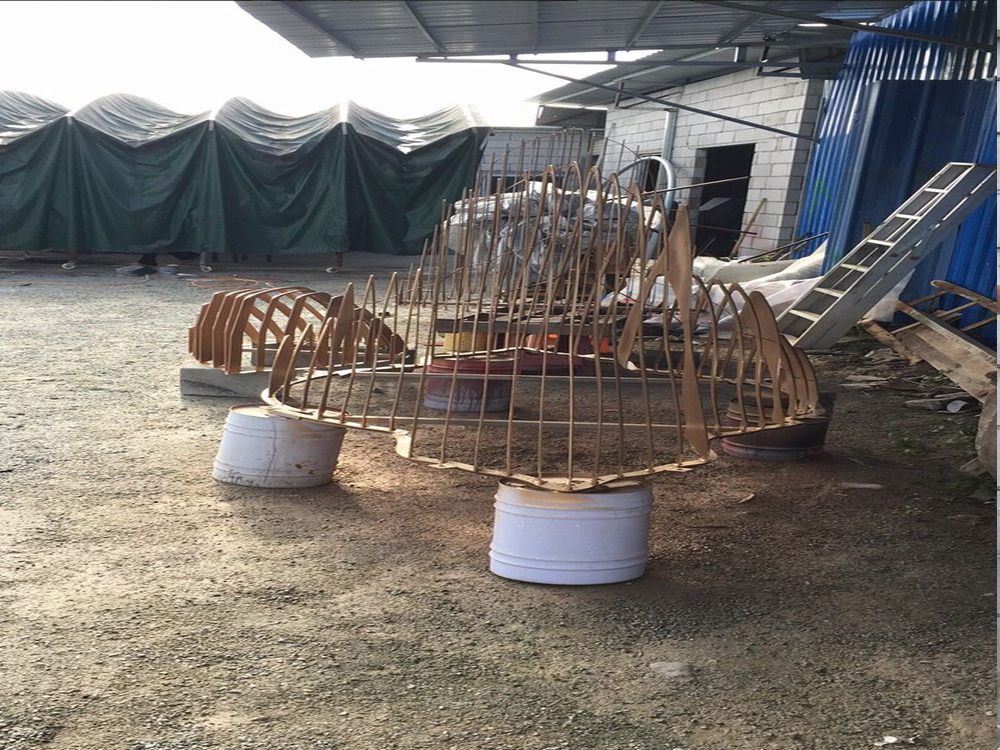
Metal sculptures have long served as a canvas for both artistic expression and technological innovation. As welding and fabrication techniques evolve, these artworks increasingly reflect the cutting edge of industrial capabilities.
The transition from traditional forge welding to modern methods like TIG and MIG welding has revolutionized sculptural possibilities. Contemporary artists now create intricate, large-scale works that would have been impossible decades ago. Advanced fabrication technologies enable precise joining of diverse metals, allowing for complex geometric forms and unprecedented structural integrity.
Laser cutting and 3D printing have further expanded artistic horizons. Sculptors incorporate these digital fabrication methods to achieve once-unthinkable precision and detail. The integration of computer-aided design (CAD) allows for perfect replication of complex patterns and the creation of sculptures with moving parts.
Modern metal sculptures also demonstrate advancements in material science. Artists now work with specialized alloys and corrosion-resistant metals that maintain their appearance in outdoor installations. The development of cold metal transfer welding permits working with ultra-thin materials without distortion.
These technological leaps have transformed public art installations. Massive sculptures now withstand environmental stresses while maintaining aesthetic integrity, showcasing how industrial progress enables artistic vision. The fusion of art and technology in metal sculpture continues to push boundaries, with each new piece serving as a testament to fabrication innovation.

